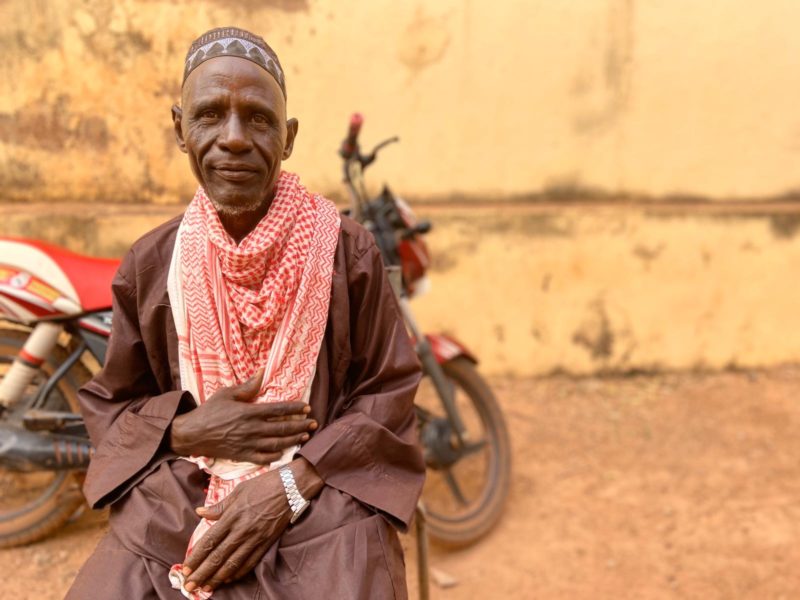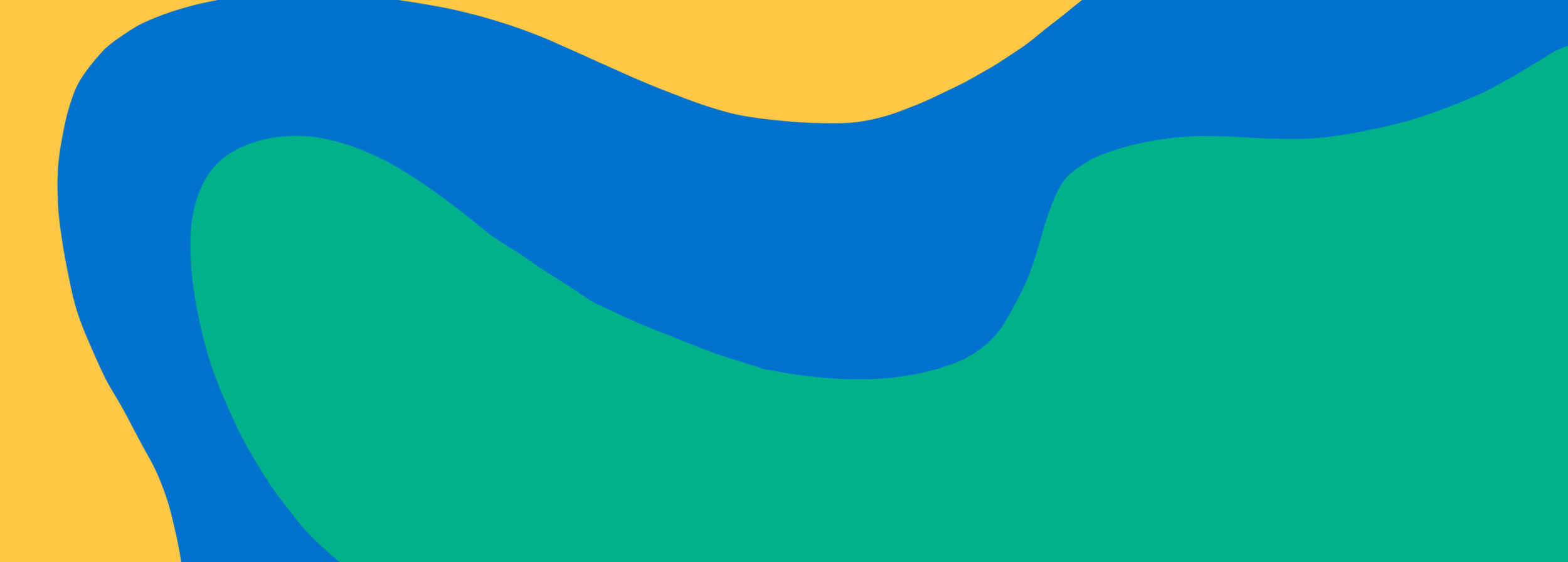
Subscribe to CCP's monthly newsletter
Receive the latest news and updates, tools, events and job postings in your inbox every month

How do people make decisions? Why do we make the choices we do? These are fundamental questions at the heart of how we behave and how our societies work and the discipline of behavioral science.
In communication, we must understand how people interpret the information they are given, their intellectual responses and their emotional ones. Behavioral science – pulling from sociology, psychology, anthropology and more – helps us understand, and then build on that understanding, to make our programs work even better.
These behavioral science disciplines, along with the belief that no one knows better about how to improve communities than the people who live in them, form the basis of our work. Using human-centered design and behavioral economics – two methods that involve bringing the people we serve into the process of designing programs and overcoming barriers to change – we ensure our programs are designed for scalable impact.
Many months into the COVID-19 pandemic, mask wearing and distancing were still not the norm in many countries around the world, despite those behaviors being some of the only tools to slow the spread of a deadly virus.
With Facebook and the World Health Organization’s (WHO) Global Outbreak Alert and Response Network (GOARN), CCP developed the COVID Behaviors Dashboard, an interactive presentation of response data from a global survey of knowledge, attitudes and practices related to the virus. Through the use of maps and easy-to-use charts, policymakers can now better understand behavioral trends, outside influencers on vaccine acceptance and hesitancy and factors related to norms and risk perception — and use this information to promote vaccination and protect more people from COVID.
Receive the latest news and updates, tools, events and job postings in your inbox every month